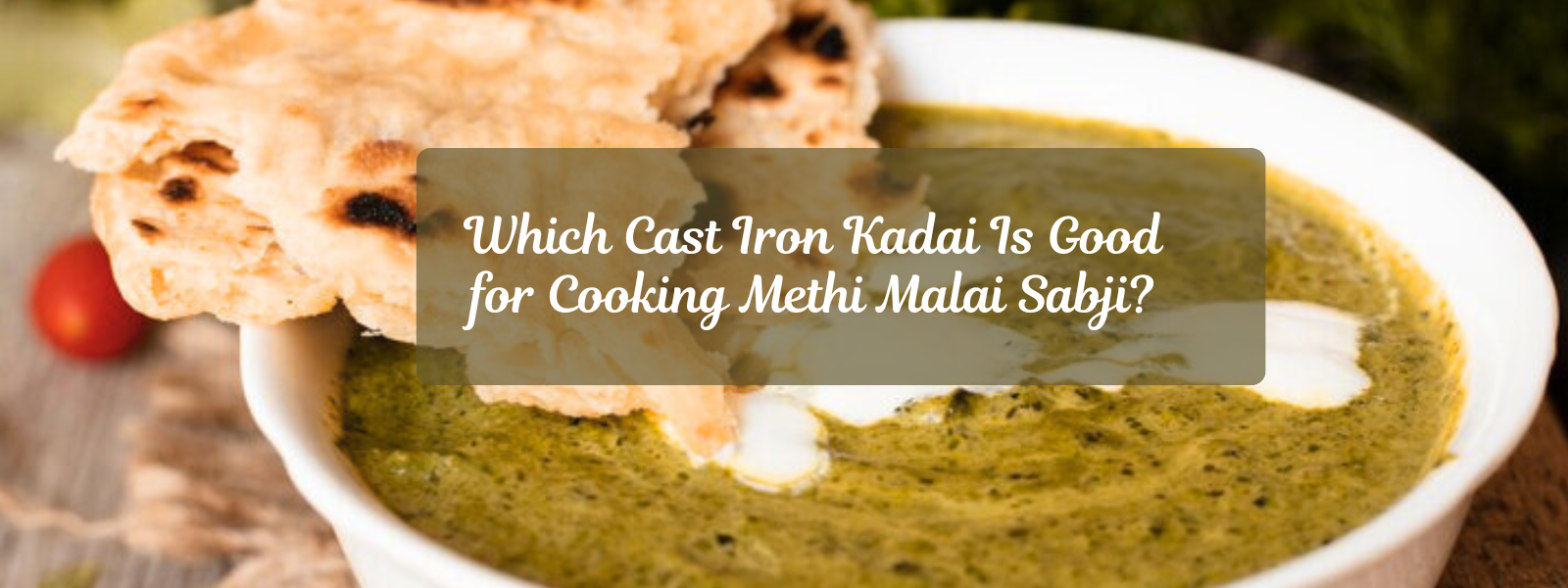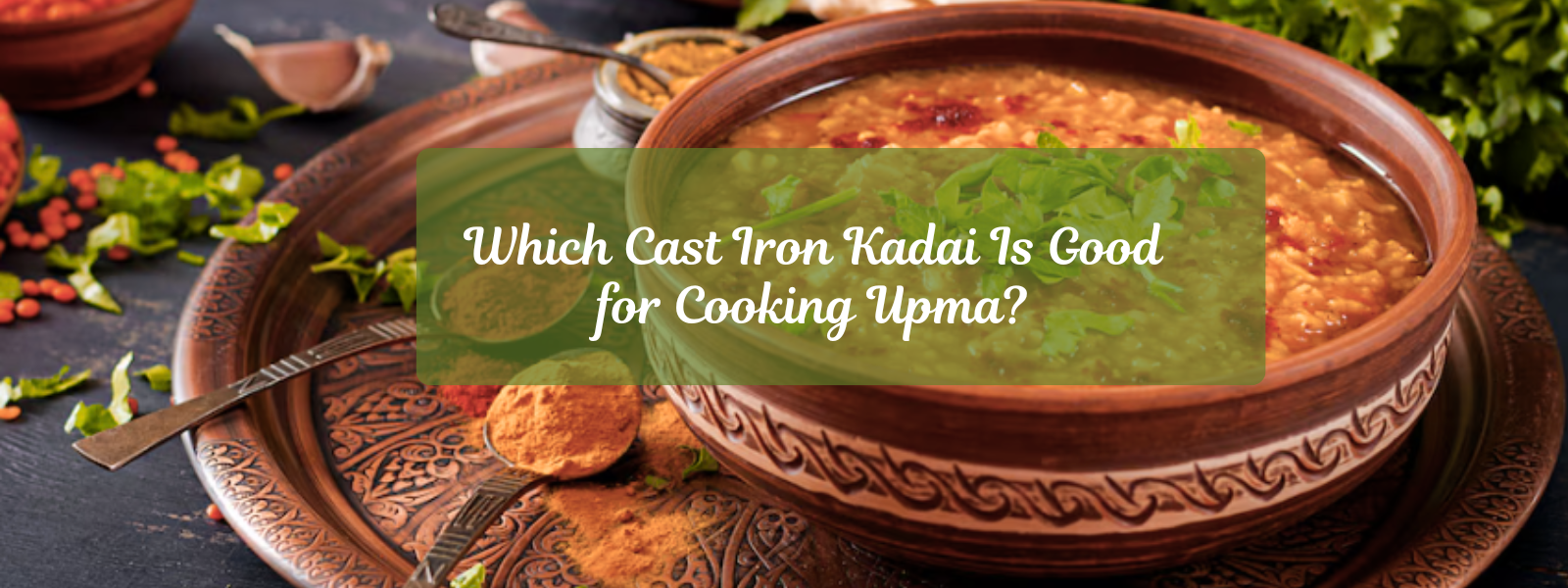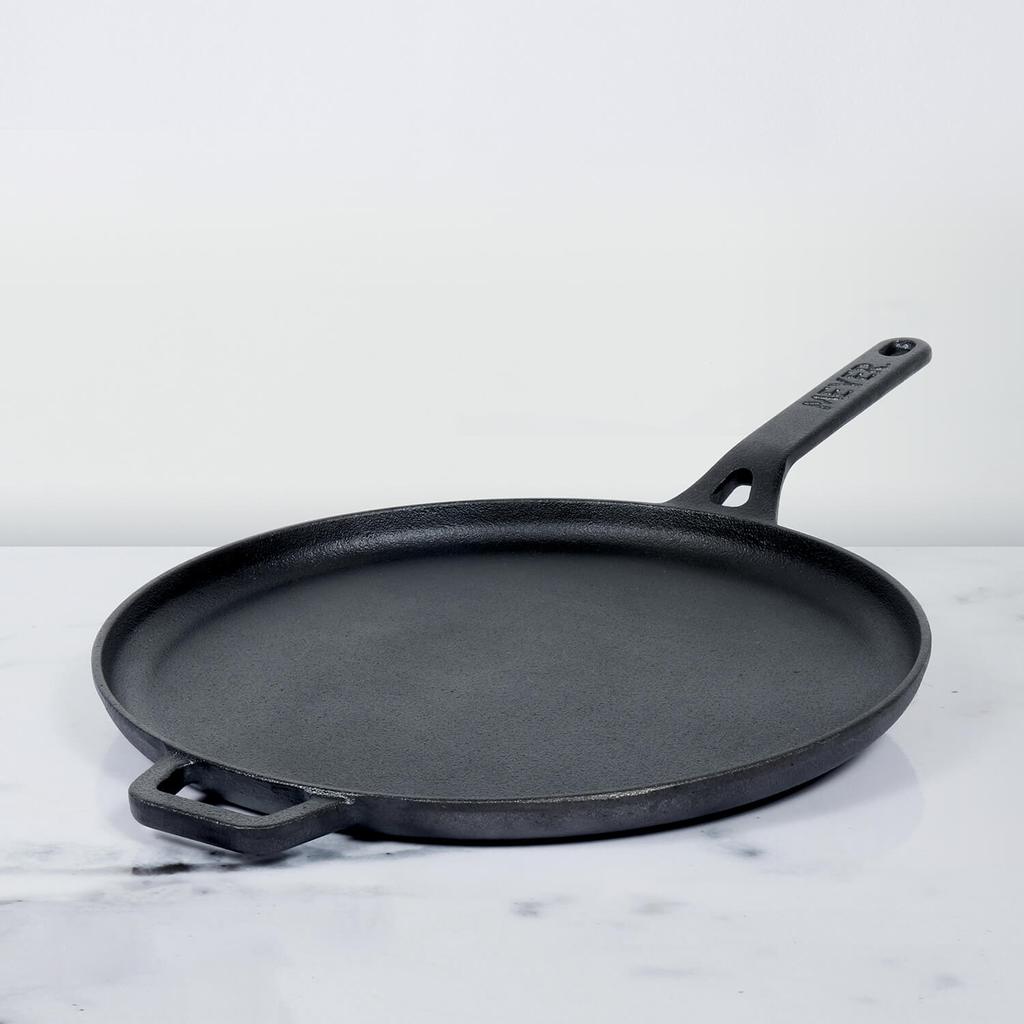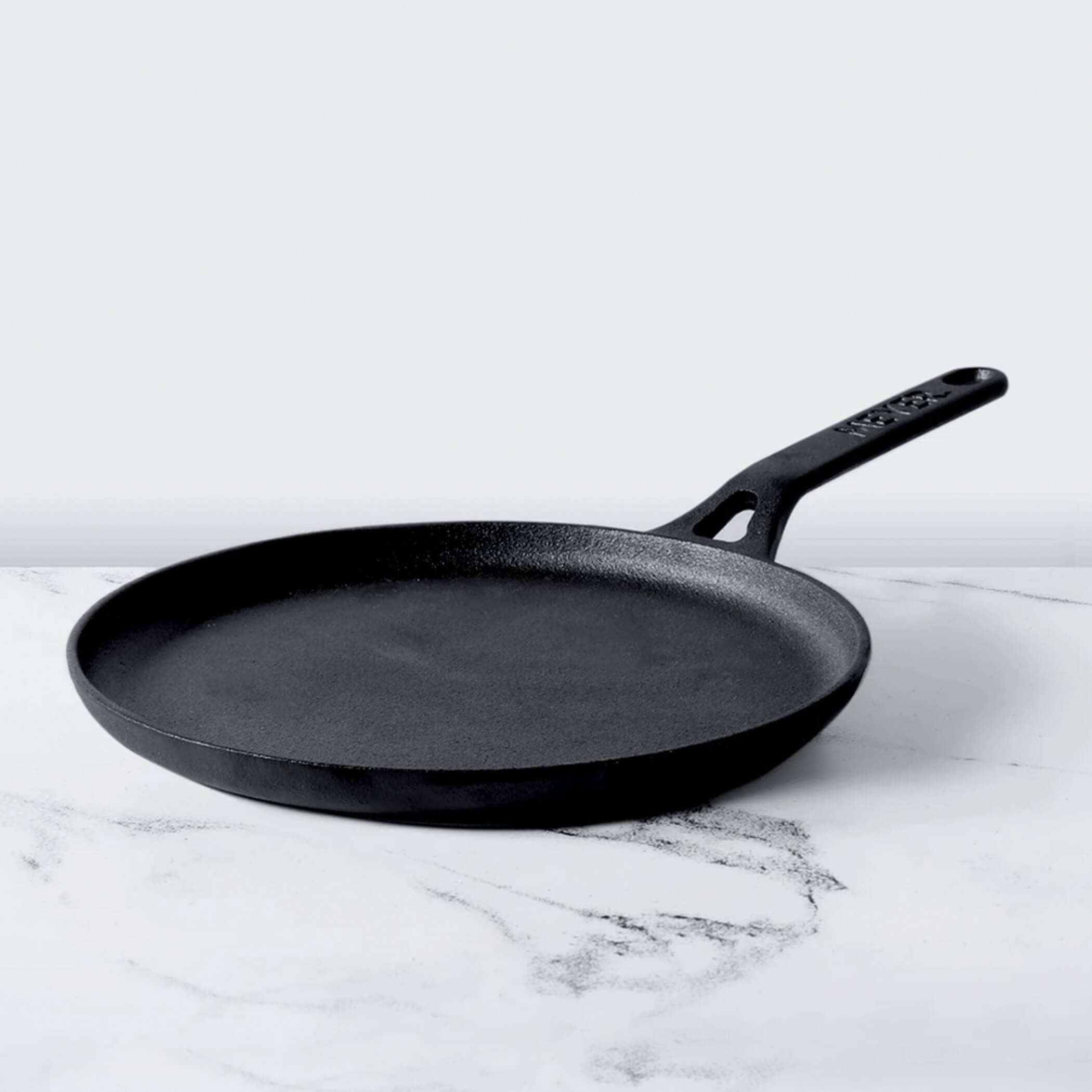If you’ve ever wondered how to get those soft, fluffy, and perfectly puffed chapatis like the ones made in traditional Indian kitchens, the secret often lies in the cookware. A cast iron tawa is a game-changer when it comes to achieving authentic, homestyle chapatis. In this guide, we’ll walk you through how to make pillowy chapatis using the Meyer Pre-Seasoned Cast Iron Flat Dosa Tawa, 28 cm, a top-notch choice for this essential Indian staple.
Table of Contents
- 1. Why Choose a Cast Iron Tawa for Chapatis?
- 2. Benefits of Using the Meyer Cast Iron Tawa for Chapatis
- 3. Step-by-Step Guide to Making Soft and Fluffy Chapatis
- 4. Pro Tips for Soft, Puffy Chapatis
- 5. How to Maintain Your Cast Iron Tawa
- 6. Conclusion: Why Meyer Cast Iron Tawa is a Must-Have for Chapati Lovers
Why Choose a Cast Iron Tawa for Chapatis?
A cast iron tawa delivers even heating, long-lasting heat retention, and a naturally non-stick surface once properly seasoned. These features are vital for making chapatis that are soft on the inside, slightly crisp on the edges, and puff up beautifully on the flame.
The Meyer Pre-Seasoned Cast Iron Flat Dosa Tawa is especially ideal because of its large 28 cm cooking surface, robust construction, and even temperature control. While it’s marketed as a dosa tawa, its flat and wide base makes it a versatile tool for chapatis, parathas, and rotis.
Benefits of Using the Meyer Cast Iron Tawa for Chapatis
1. Wide and Flat Cooking Surface
The 28 cm flat base gives your chapatis ample room to spread out and cook evenly. There's no crowding or overhang, which can lead to uneven cooking.
2. Pre-Seasoned for Convenience
It comes pre-seasoned with 100% vegetable oil, which means you can start cooking right out of the box without worrying about food sticking. Over time, it gets better with every use.
3. Even and High Heat Retention
Cast iron holds heat extremely well, allowing you to cook each chapati quickly and efficiently. The result? Soft interiors and evenly browned spots that come from consistent heat.
4. Puff-Friendly Surface
The heavy base encourages the chapati to puff up by allowing it to get evenly heated from below while letting you easily flip it over the open flame for that final ballooning touch.
Step-by-Step Guide to Making Soft and Fluffy Chapatis
Step 1: Get the Dough Right
-
Knead fresh whole wheat flour dough with warm water, a pinch of salt, and optionally a little oil.
-
Rest the dough for 20–30 minutes to allow the gluten to develop for softness.
Step 2: Preheat the Tawa
- Place your Meyer Cast Iron Tawa on medium flame and allow it to heat evenly for about 3–5 minutes.
- To check if it's hot enough, sprinkle a few drops of water on the surface. If they sizzle and evaporate immediately, it’s ready.
Step 3: Roll and Cook the Chapatis
- Roll your dough into thin, even rounds using a rolling pin.
- Place the chapati on the hot tawa.
- Let it cook for 20–30 seconds until small bubbles begin to form.
- Flip and cook the second side until light brown spots appear.
- Flip again and gently press the edges with a spatula or cloth to encourage puffing.
Step 4: Final Puff on the Flame (Optional)
-
For full puffiness, use tongs to place the chapati directly on the flame for 1–2 seconds. It should balloon up completely!
Pro Tips for Soft, Puffy Chapatis
- Don’t use oil on the tawa while making chapatis; the dry surface is essential for puffing.
- Never press the chapati hard with a spatula—it prevents puffing.
- If chapatis aren’t puffing, try kneading the dough a bit softer or increasing resting time.
How to Maintain Your Cast Iron Tawa
- After use, let it cool slightly. Rinse with warm water and use a soft scrubber (no soap needed).
- Dry completely and rub a few drops of oil to maintain its seasoning.
- Store in a dry place to prevent rust.
Conclusion: Why Meyer Cast Iron Tawa is a Must-Have for Chapati Lovers
The Meyer Pre-Seasoned Cast Iron Flat Dosa Tawa, 28 cm brings tradition and performance together in one brilliant tool. Its even heat, sturdy design, and natural non-stick qualities make it the perfect companion for making soft, fluffy, restaurant-style chapatis at home every day. Whether you're a beginner or a seasoned cook, this cast iron tawa will make your chapati-making experience effortless and rewarding.
So roll out that dough, heat up your cast iron tawa, and get ready to serve up hot, puffy chapatis that melt in your mouth!











Leave a comment